| Submitted by: Nohr Tillman (ntillm01@yahoo.com) [26 Sep 10] |
|---|
Got these images inbetween cloudy/hazy nights during the Jupiter opposition one night.
Using my ETX-90 and LPI with a 2X barlow, I captured 3 batches of raws. Post-processing, I adjusted the white and black balance and used medium and hard sharp kernal filters to best match the images. Io was transiting at the time and the shadow can be seen crossing the disc.
Interesting to note that because we are in opposition, Io and the shadow were very close together.
|
10 EDT 4:10 UTC: best image
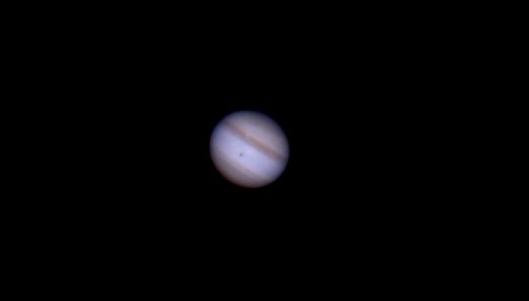
12:20 EDT 4:20 UTC: transparency fading
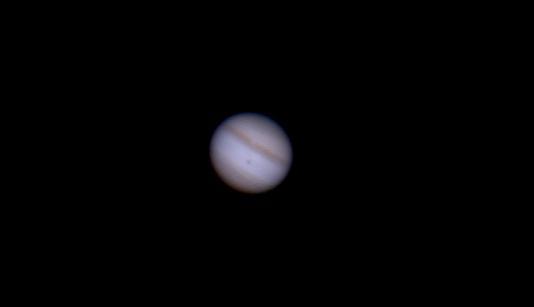
12:30 EDT 4:30 UTC: transparency degrading
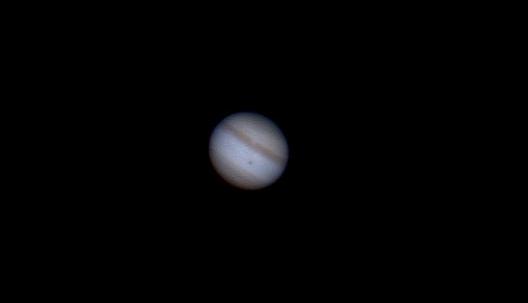
|
| Submitted by: Maurice Collins (mauricejscollins@hotmail.com) [23 Sep 10] |
|---|
|
Jupiter was near the Moon so I got an image.
|

|
| Submitted by: Sven-Ove Auno (so.m.auno@bredband.net) [23 Sep 10] |
|---|
I am continuing my experiments in astrophotography. As mentioned before my telescope is an ETX-80AT-TC and I am using a CMOS colour camera (Venus USB2.0 Camera) with 1280x1024 pixels. The attached picture of Jupiter and its four galilean moons was taken from my balcony in Norrkoping, Sweden at 2026 UTC (2226 local daylight saving time) on the 13th of September. I have made some processing of the picture using Registax (stacking 8 frames) and Photoshop. Jupiter itself is overexposed since I have not yet managed to control the exposure when using the camera.
I hope you will find the picture interesting enough to post it on your web-site.
|
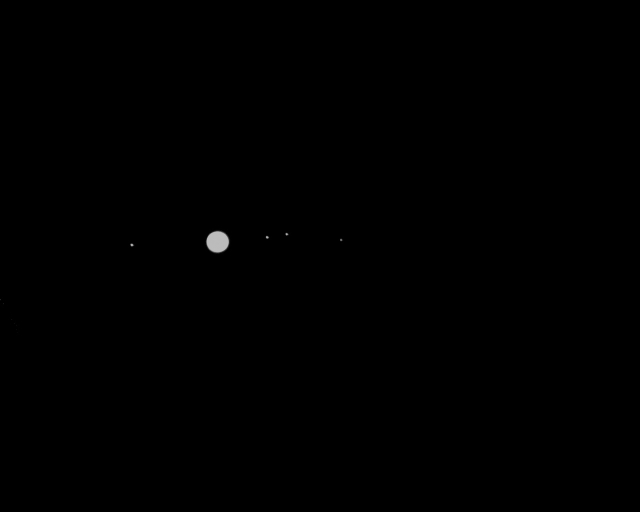
|
| Submitted by: Taylor, Jonathan (jtaylor143@RADFORD.EDU) [20 Jun 10] |
|---|
|
Here is a shot I took of jupiter recently with my ETX 105. Best 30 frames stacked in Registax 3. Hope this is of interest.
|
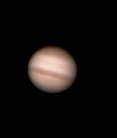
|
|
I have a simple shot of saturn that I was hoping you might consider posting with the jupiter I sent last night. Thank you.
|
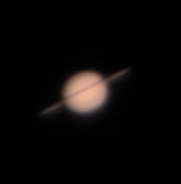
|
| Submitted by: Robert Amdahl (rramdahl@yahoo.com) [16 Jun 10] |
|---|
A few weeks ago I wrote you about the problem that I had with my hand controller. You thought that it must have overheated. Well, I think that you were right. So instead of sending it right back to Meade, I waited and tried it again. It still has some intermittent problems but it has been working well lately. I did not do the firmware upgrade as you suggested; I don't quite have the courage to try that yet. But still I am kind of back in business. I just wanted to update you on that. Sorry about straying a little from the email etiquette.
This is an image I took early Friday morning on 06/11/10 with the Meade ETX 125PE, a Meade LPI and a 2X Barlow. I saved the individual images as .bmp files and used Registax for the stacking and initial processing. I then did some further processing in Photoshop. I am not totally happy with the image and I know with more practice, I can do better. But it does show the GRS and that the SEB has faded. It also has two moons, Europa and Io, on the image.
I hope that it is ok for posting.
|
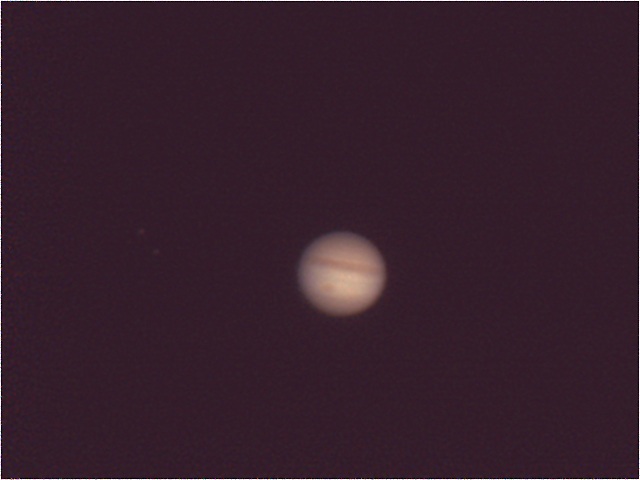
|
Here's another Jupiter image from the morning of 06/11/10 with the ETX 125PE, the LPI and no Barlow. As usual, I saved each image as a .bmp file and processed them in Registax. I then used Photoshop to further process the image. With Photoshop, I also doubled the image size but I did not crop it. I like it because it shows the GRS and the faded SEB much better. Also, the moons Ganymede, Europa and Io are showing.
I hope that you also enjoy this image and find it worthy for your site.
|
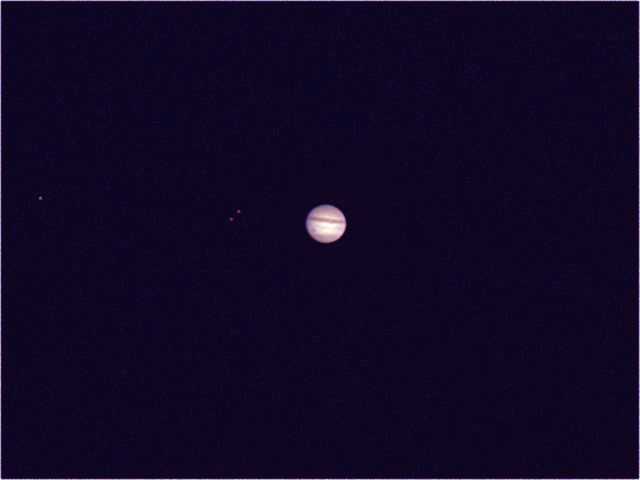
Click image for full-size version
|
| Submitted by: Dieter Wolf (my4all@gmx.de) [8 Jun 10] |
|---|
just want to say 'hello' again after long time of astronomical inactivity. I enjoyed your Cassiopeia Observatory reports, especially the Virgo Cluster. Yesterday I tokk the ETX outside in the garden again: target Saturn.
Picture 1: Saturn with his 'brim' instead of rings (ETX 125AT, 2x Barlow, ToUCam pro, 600 frames; 2010-06-04 22:50 CEST)
|

|
|
Picture 2: Saturn with three of his moons - Titan, Rhea, Dione (ETX125AT, ToUCam pro, 125 frames planet & 100 frames moons; 2010-06-04 23:00 CEST)
|
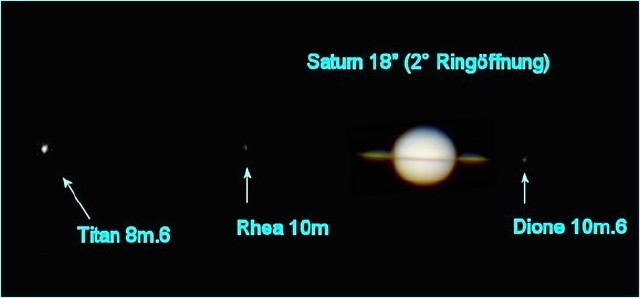
|
|
Picture 3: Saturn 2004-2010 (GIF-Animation) - how the look has changed over 6 years
|
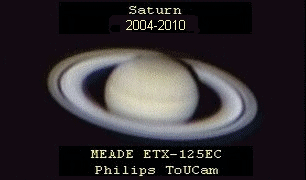
|
| Submitted by: Robert Amdahl (rramdahl@yahoo.com) [24 May 10] |
|---|
|
I sent you another email about the problems that I am having with the hand controller. This is an image that I took with the ETX 125PE, LPI and no barlow of Jupiter during the early morning hours of Friday, 05/21/10. It is not a great image by any means because I was having those problems. I was not able to align the scope nor was I was to do any tracking. In fact, I had a hard time even getting Jupiter on the computer with the LPI working. But what I did when I did get the image was to place it on one side of the screen and start taking images for about 10 seconds or so until it was off the screen. I then took those few images and used Keith Wiley's Image Stacker to get at least something of Jupiter. It does show that the Southern Equatorial Belt (SEB) has faded. Once I get these electronic issues resolved, I hope to get some better images. Again, thanks for all your help.
|
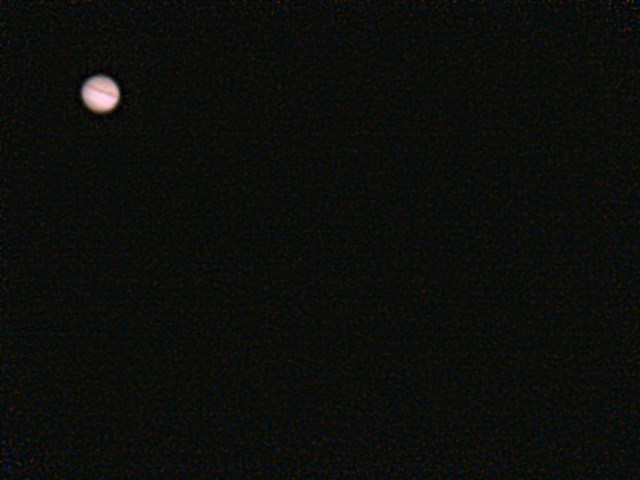
|
| Submitted by: Edwin Pottillius (info@avalancheonline.com) [30 Apr 10] |
|---|
|
This image was made on April 24 2010 with a toucam pro II and a barlow x2. 889 frames were stacked out of 987. It was one of my very first images of Saturn.
|
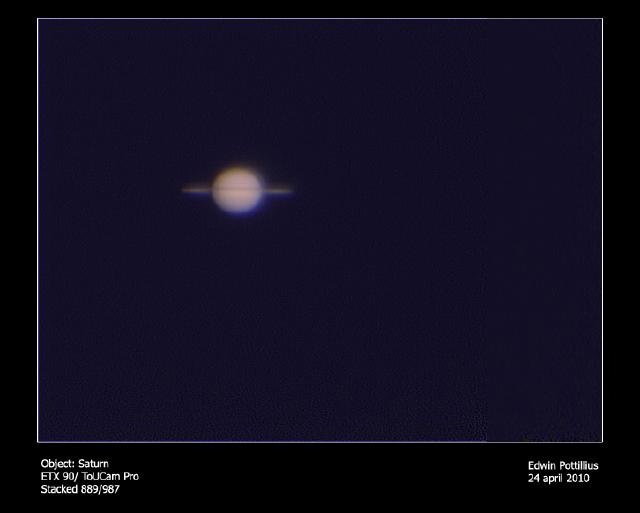
|
| Submitted by: Robert Amdahl (rramdahl@yahoo.com) [22 Apr 10] |
|---|
Here's a shot of Jupiter taken on 11/01/09 with the ETX 125PE, Meade LPI and a 2X Barlow. I have found that it works well to save the individual images, I use .bmp, and then stack and process them with other software. Here I used Keith Wiley's Image Stacker for the initial stacking and processing. Then I further processed the image with Photoshop. I wanted to bring out the Great Red Spot and it came out well. I've had my ETX for about two years now and the Meade LPI for less than a year. But I only started using it in Aug/Sep of 2009. It is really an amazing device considering that I managed to find one for $50. I has enabled me to learn a lot about astro-imaging and also to learn that I am just scratching the surface.
The two best things for help in climbing the learning curve are practice and your great web site.
|
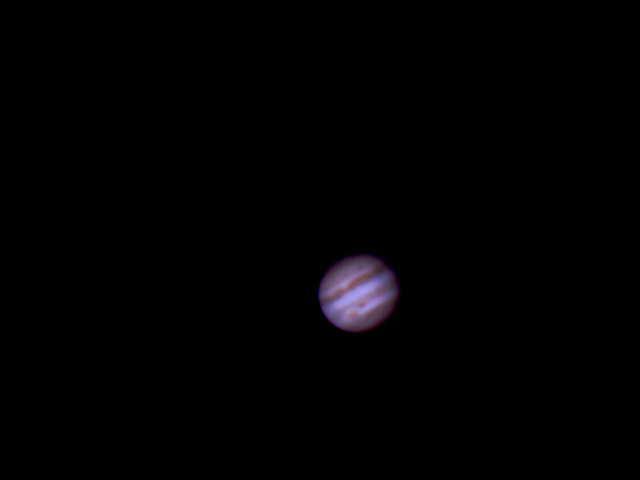
|
I hope that you aren't tired of my images yet. Here's another Jupiter taken on 11/27/09 with a Meade ETX 125PE, Meade LPI and a 2X Barlow. The separate images from the LPI were saved as .bmp files and for this image, I used Registax for the stacking and initial processing. Final processing was done with Photoshop. I was able to capture the shadow of the moon, Io, as went across the planet. I am patiently waiting for appearance of Jupiter again in the skies because it is such a good target for this setup.
Thank you for your consideration in allowing me to post these images.
|
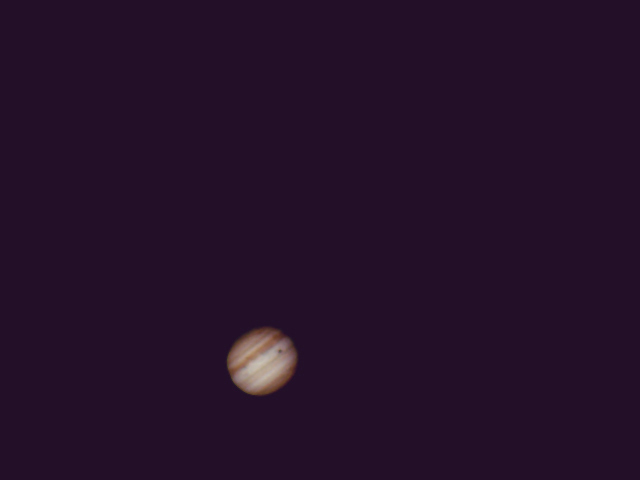
|
| Submitted by: Robert Amdahl (rramdahl@yahoo.com) [18 Apr 10] |
|---|
Here's another image with my ETX 125PE, the LPI and a 2X Barlow. It is Mars captured on 03/13/10. I missed the opposition because of lousy weather so Mars was rapidly becoming smaller. But I was able to capture this one and was pleased that it came out this well. Again, I saved each image from the LPI as a .bmp file but instead of Registax, I used Keith Wiley's Image Stacker on my mac. I then did some further processing in Photoshop. Also, I'm afraid that I don't remember the number of images that I stacked or the settings. It would be good to start tracking those items.
Hope you find it acceptable and if you want, please feel free to post on your wonderful site. I do plan to send some further images, if that is ok.
|
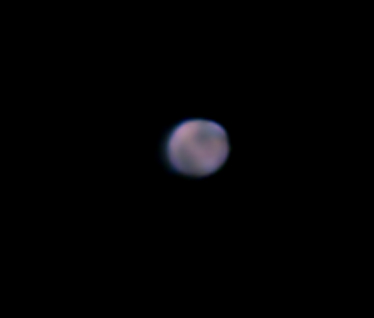
|
| Submitted by: Robert Amdahl (rramdahl@yahoo.com) [15 Apr 10] |
|---|
I have been following this site for quite awhile and like many of your other readers, I think it is an awesome web site. It helped convince me to get an ETX 125PE and become somewhat adept at using it.
This is my first submission to your site and it is an image of Saturn that I took on March 16, 2010. I used the ETX 125PE, a Meade LPI and a 2X Barlow. I set the LPI software to save each image as a .bmp file and I then processed that set in Registax. Unfortunately, I don't remember all the settings or the total number of images that I used.
Though it is somewhat grainy, I was pleased to be able to see the division between the rings and the planet. This was not easy to capture since the rings are nearly flat and focus at this magnification is a bear.
I hope you enjoy this image and if you don't mind, I would like to send some more images that I have taken with this setup.
Thanks again for your great site.
|
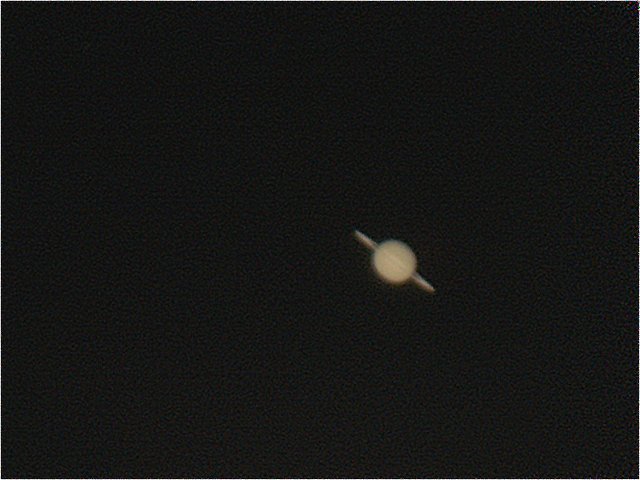
|
| Submitted by: Nohr Tillman (ntillm01@yahoo.com) [12 Apr 10] |
|---|
Some more practice with the Meade Autostar Envisage software. Might be
interesting to those still running Envisage. I took several (70-ish) raw
images, with the Process set to jpeg and Save All Raw Images. This works
well for me since I can grab the raw data in the cold, then process the
next morning. Other settings were: Image quality 50%, Color set to have
the LPI camera do everything automatic, Auto-exposure on.
I added all 70 raw images in Envisage, and this time adjusted the White
and Black balance a couple of clicks to just eliminate the hot spots.
Once set, the White/Black balance applies to all raw images being
combined. Then I drew a box around Saturn on the first raw image and
pressed start. Envisage combined the best ones, ending up with about 45
that it liked. I sent the three files with the different kernal edge
filters to show the effects of each. The edge filters were set to apply
after 10 images combined:
|
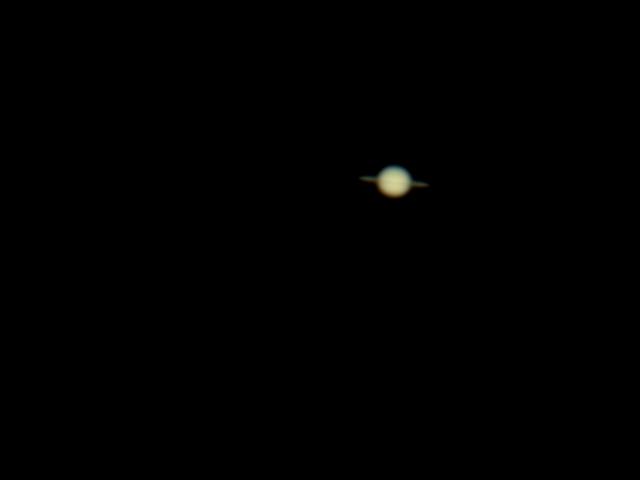
no filter
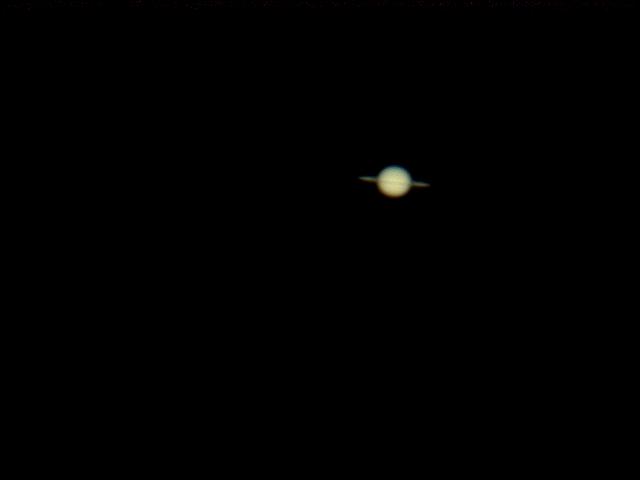
EdgeSharpMed
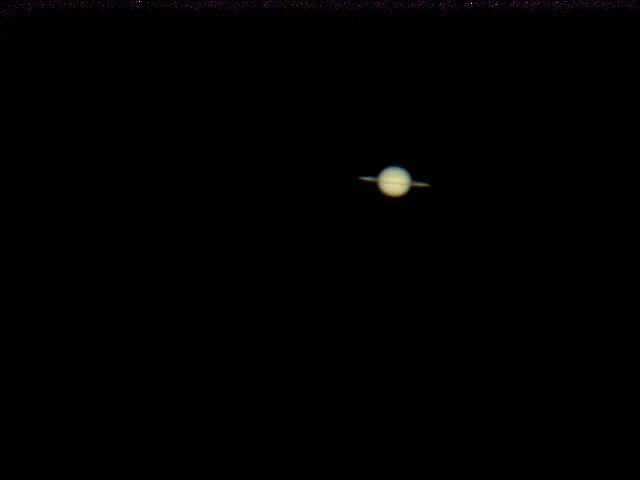
EdgeSharpHard
|
Another series with my newfound adjustments in Envisage. I took several (100-ish) raw images of Mars, with the Process set to jpeg and Save All Raw Images. Other settings were: Image quality 50%, Color set to have the LPI camera do everything automatic, Auto-exposure on.
I added all raw images ot Envisage, then manually went through them and removed the really ugly ones. Then I drew a box around Mars on the first raw image and pressed start. Envisage combined the best ones, ending up with about 42 that it liked. Pic-2 is just combining with EdgeSharpHard. I adjusted the White balance to start bringing out the detail in pic-9. I adjusted the White and Black balance a couple more clicks (with the arrow-up buttons) to eliminate the hot spots and bring out the color in picture 10 and 11.
Gear: EXT-90AT 2X Barlow LPI camera
I continue to have fun with these scopes. Thanks for the supportive website!
Nohr Tillman
Troy, MI, USA, Earth
|
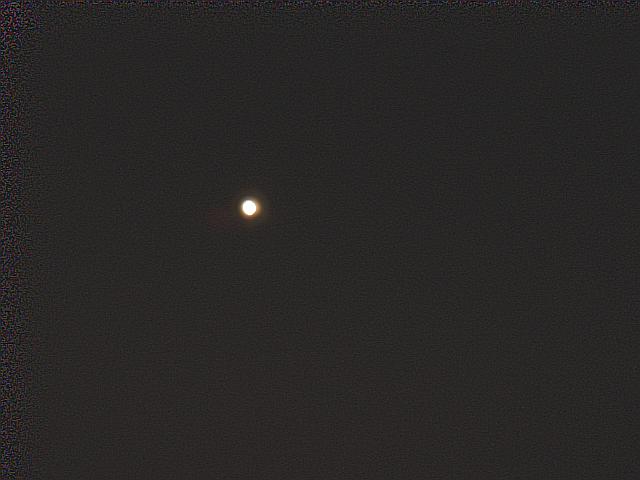
EdgeSharpHard, White & Black balance null
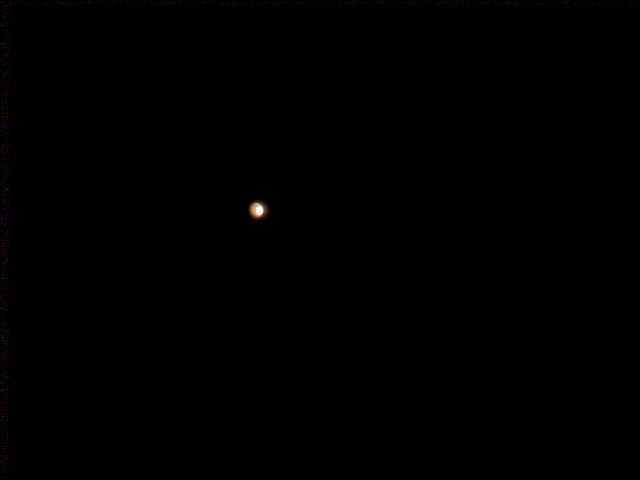
EdgeSharpHard, White +1 increment
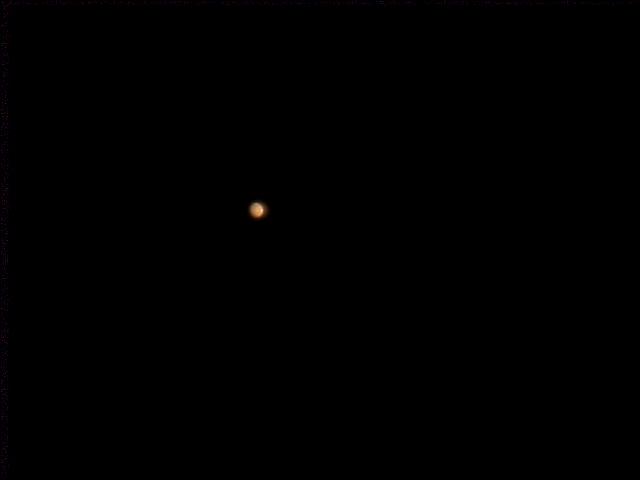
EdgeSharpHard, White +2, Black +1
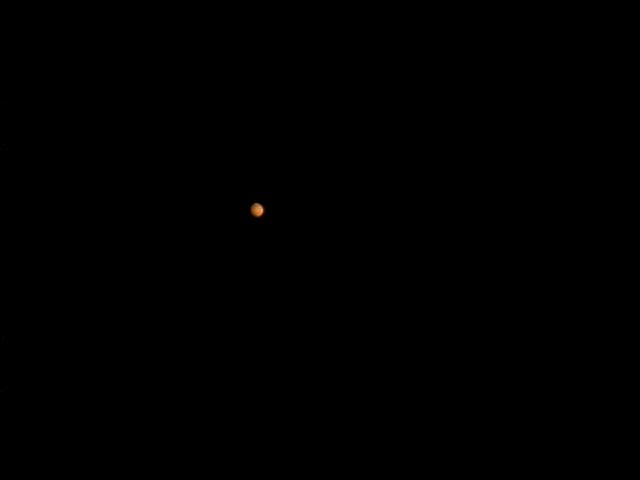
EdgeSharpHard, White +3, Black +2
|
| Submitted by: Nohr Tillman (ntillm01@yahoo.com) [20 Mar 10] |
|---|
Been way too long since I've written in, but the Michigan night sky has not been available for several months.
Finally getting the hang of post-processing with the Meade Envisage software and actually stacked some raw images together to see what would happen. If I'm not mistaken, I'm starting to pull the different shades of red out of the images. Just a quick opinion would be great, or maybe I'm looking for something that really isn't there? Like lens flare?
ETX-90 LPI 2X barlow
About 10 images in each series aligned and combined. Nothing else tweaked.
|
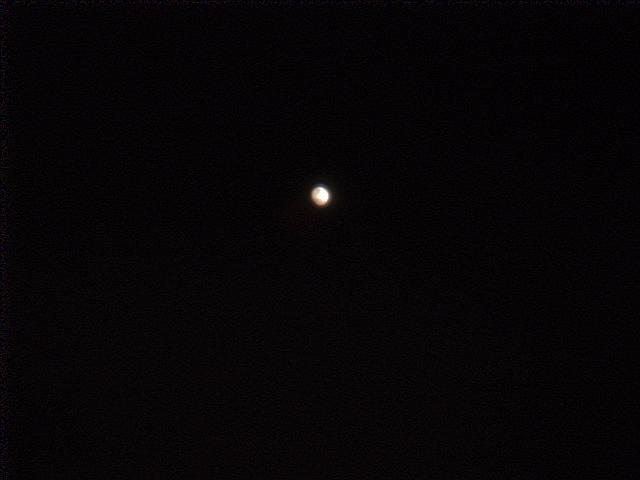
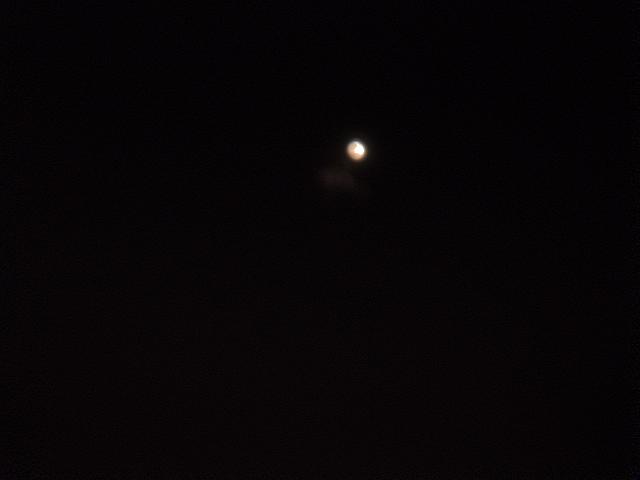
|